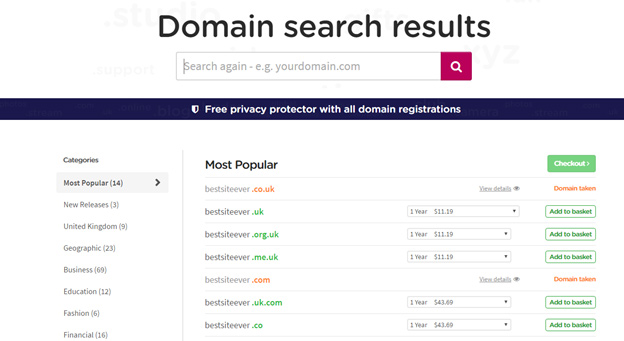‘Early detection saves lives’ is a common chorus of medical professionals when it comes to cancer – and while some provocative studies and headlines have stirred controversy by suggesting otherwise, guidance released by the World Health Organization (WHO) in February of this year cut through these claims by emphasising the importance of early cancer diagnosis.
The WHO’s announcement was well-timed: it came on the heels of the announcement of a new artificial intelligence software that helps doctors spot breast cancer risks. Then, just last month, researchers at the University of Waterloo in Canada publicised another breakthrough in artificial intelligence (AI) which supports early detection goals for skin cancer. It seems that robots equipped with AI are at the forefront of a completely transformed diagnostic process. How does this potentially life-saving technology work, and how could AI affect the larger medical field? Here, we take a closer look at the artificial intelligence that’s changing the way we recognise disease.
Using software for hard diagnoses
In order to diagnose breast cancer, women undergo painful mammograms and unnecessary biopsies over a long and drawn-out process. However, a new AI system developed by researchers from Houston Methodist interprets mammogram results 30 times quicker than a team of doctors. The AI is able to read and translate patient charts at top speed, reporting breast cancer risks based on its analysis.
The AI tech aimed at skin cancer operates under many of the same principles. It targets melanoma, which is usually diagnosed through the visual examination of moles. In today’s standard diagnostic process, doctors take note of changes in the skin’s appearance and then use a biopsy to test the area for cancer. If diagnosed and treated in its early stages, melanoma can be removed relatively easily. However, once it progresses past a certain stage, the cancer can be deadly.
The new AI diagnostic technology is essentially a heightened version of the doctor’s visual examination that allows the machine to see what the human eye cannot. By integrating machine-learning techniques into a skin analysis system, researchers have created a robot that looks at photographs of the skin and reads the levels of certain chemicals which are typically markers for melanoma. Doctors can then examine and treat a patient based on these results.
Benefits and the bigger picture
Both AI systems reduce the risk of false diagnoses, cut back on healthcare costs and biopsies, ease the workload of medical staff and allow patients to come in for treatment sooner. Such benefits could help improve the flaws of healthcare while saving countless lives.
For entrepreneurs like Mark Zuckerberg or tech investor Tej Kohli, philanthropy, business and disruptive technologies such as robotics make for a mutually beneficial combination. Both have demonstrated their faith in AI (Zuckerberg argued for AI’s potential against Elon Musk’s less optimistic views; Tej Kohli’s investment vehicle Tej Kohli Ventures are baking the robotics venture studio Rewired), but these diagnostic developments seem to prove just how beneficial the technology can be for everyone. AI is more than just a vehicle for fear-mongering about the future or an esoteric and inaccessible field. It offers the possibility for innovations that could revolutionise medicine and science: today, diagnosis; tomorrow, a cure.













 Bitcoin
Bitcoin  Ethereum
Ethereum  Tether
Tether  XRP
XRP  Solana
Solana  USDC
USDC  TRON
TRON  Cardano
Cardano  Lido Staked Ether
Lido Staked Ether  Avalanche
Avalanche  Toncoin
Toncoin